Agave (Linnaeus 1753) ( Gr. agauos = of kings and heros, illustrious, hence noble )
Over 300 species of Agave have been described, but only about 200 are currently recognised. Most species are monocarpic, although a few can flower several times during their life. The flowers are "perfect" with both male and female parts. Many species of Agave are bat pollinated and produce musky perfumes as attractants. Others produce sweeter odours to attract insects.
Most Agaves consist of rosettes of thick, hard, rigid leaves often with marginal teeth and usually with a lethally sharp terminal spine. Prolific vegetative growth and offsetting at the base of the plant or through stolons, usually maintains a clump of plants thus compensating for loss of flowering rosettes. A few species remain solitary, relying on seed production for survival of the species.
The interior of the leaves contains longitudinal fibres representing the vascular system. Agave leaf fibre was used by native Americans. Agave fibre from a range of species is of commercial importance, with the best quality fibre coming from the youngest leaves. Sisal (hemp) made from cultivated Agave sisalana is used to make clothing and rugs.
Carbohydrates stored in the core of several species of Agave were fermented by native Americans to make a beverage called pulque which was used in religious ceremonies. Distillation of a similar ferment made from the developing Agave flower bud is the basis for modern production of Mescal. Only if made from the Blue Agave within the Tequila region of Mexico can the distillate be called Tequilla.
skip to main |
skip to sidebar
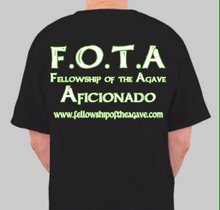
$25,99 ea. send an email if you want one!
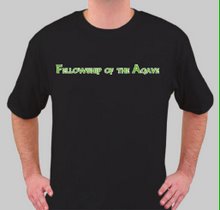
$25.99 ea.


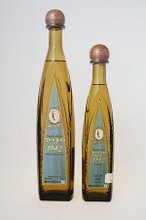
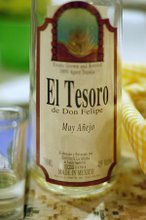
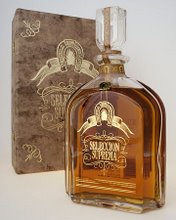
Tequila Aficionados
email us~
fellowshipoftheagave@gmail.com
Fellowship T-Shirts!!

$25,99 ea. send an email if you want one!
Front

$25.99 ea.

Playa.info
We are now inviting "Peeps" from playa. info to Post..We are also looking for "peeps" who would like to contribute as "Authors"...send me (tommy) a Pm on playa.Info or post a comment!
Our Friends
Visit our Friends at playa.info~
F.O.T.A. Favorite Picks!!!!
- Herradura Selección Suprema
- El Tesoro Paradiso Anejo
- Don Julio Reposado
- Don Julio Real Añejo
- Don Julio 1942 Anejo 2002
- Don Julio 1942 Anejo 2005
- Chinaco Anejo
- El Tesoro Anejo
- Cazadores Anejo
- Don Fernando Anejo
- Don Julio Anejo
- Gran Centenario Anejo
- Gran Centenario Repesado





